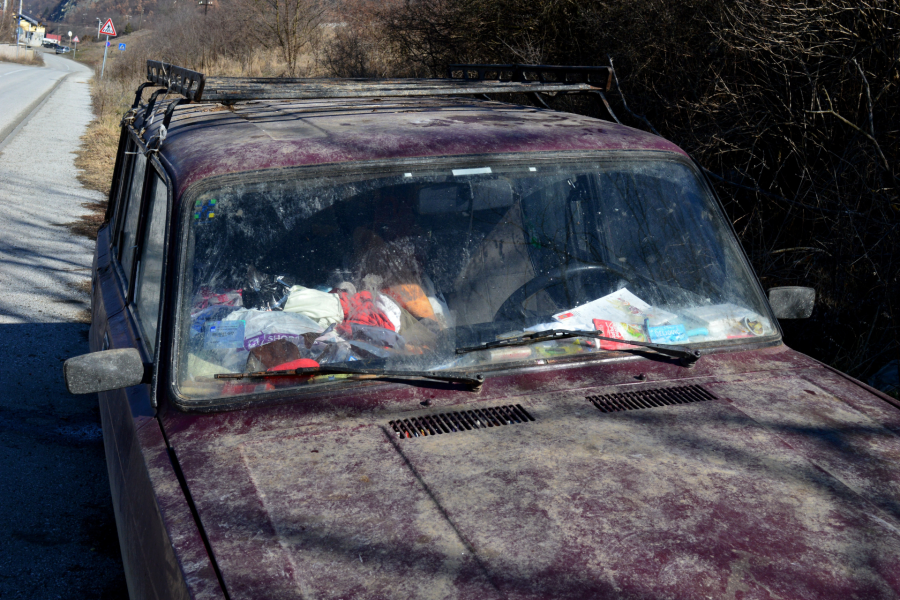In the alley behind my apartment, there’s a man who lives out of an old Honda Accord. Each morning, he departs for work in what appears to be a fast-food uniform. In the evenings, he reclines and watches television on his phone. It isn’t glamorous, but in a West Los Angeles housing market characterized by extreme scarcity and high costs, it’s probably his best option. And as our statewide housing affordability crisis deepens, it’s a mode of living that’s becoming more common.
According to a recent 2020 count, a startling 20,000 people now live this way in Los Angeles County, residing in cars, vans, and RVs. This marks a significant increase over the start of the pandemic. And while statewide numbers are sparse, it seems like the vehicular homelessness phenomenon is booming all across the Golden State, with Bay Area cities like San Francisco and Oakland observing similarly rapid increases over the past few years. If we haven’t already hit it, as many as 100,000 Californians could soon be living out of cars.
Few can doubt that it’s a crisis for all parties involved. For most vehicular dwellers, residing out of a beat-up Prius or sun-bleached camper is usually an act of desperation forced upon them by our dysfunctional California housing market, a last-ditch effort at avoiding living on the streets or enduring a grueling commute. And for residents and business owners, vehicular homelessness raises understandable concerns over sanitation, disorder, and the loss of on-street parking. So what’s a California city to do?
In most cities and suburbs, the solution over the past decade has simply been stricter crackdowns. In the early 2010s, municipalities in places like Orange County adopted laws criminalizing sleeping in cars. More recently, cities like San Diego have banned overnight parking in certain areas, while many suburbs have banned RVs from on-street parking. Here in Los Angeles, the unstated compromise is strict enforcement in residential areas and forbearance in industrial areas. If the vehicular homeless data is any indication, all of this has—at best—merely shifted the problem.
Rather than pushing the problem onto neighboring suburbs or trying to force vehicle dwellers into shelters, more and more cities are experimenting with “safe parking” programs. As originally developed in Santa Barbara in 2004, the idea is to proactively provide vehicle dwellers with a safe and sanitary place to park overnight. The idea has since spread rapidly, with Santa Cruz most recently tying stricter enforcement of on-street parking rules with more safe parking spaces. In the best of cases, these programs provide on-site trash collection, bathrooms, and security, and connect users with permanent supportive housing.
But in Los Angeles, as in many cities, demand for safe parking spaces far outstrips the supply. In other cities, poor citing, strict rules, and onerous application processes make safe parking lots undesirable, doing little to address the issue. With strip malls and office park parking lots sitting empty all across the country, municipalities could easily work with non-profit service providers to solve the supply problem, at little cost to the taxpayer. And as with so much of our homelessness policy in California, we need to get smarter about administration.
Of course, addressing the underlying causes of vehicular homelessness will involve building more housing. As long as housing construction remains flat and prices keep rising, more Californians will find themselves with few options. Indeed, far too many have been forced out of the state altogether. In the near term, local governments can stop the bleeding with programs like safe parking. But in the long term, we need to rethink the onerous thicket of regulations holding back housing development in our state.
They say that we Angelenos love our cars. But nobody should be forced to live out of one for want of decent housing.


